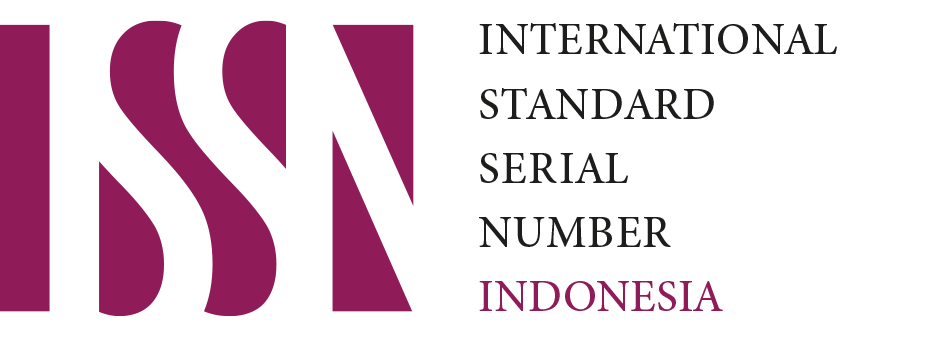PENINGKATAN PROSES PEMBELAJARAN TEMATIK TERPADU MENGGUNAKAN MODEL PROBLEM BASED LEARNING (PBL) BERBANTUAN MEDIA VIDEO DI KELAS IV SDN 39 PASAR GOMPONG PESISIR SELATAN
DOI:
https://doi.org/10.59701/pdk.v6i2.263Keywords:
Proses Belajar, Tematik Terpadu, Problem Based Learning (PBL), videoAbstract
This writing is motivated by educators in the integrated thematic learning process that has not been fully implemented. The purpose of this paper is to describe the improvement of the thematic integrated learning process using the Problem based learning (PBL) model assisted by video media at SDN 39 Pasar Gompong, Pesisir Selatan Regency.This type of writing is Class Action Writing (CAR), using qualitative and quantitative approaches. The subjects of this writing are writers (practitioners), educators (observers) and fourth grade students at SDN 39 Pasar Gompong, Pesisir Selatan Regency, totaling 16 people. The results of the writing show an increase in the integrated thematic learning process in grade IV. This increase can be seen from: the learning implementation plan (RPP) in the first cycle of the
first meeting was 62.5%, in the first cycle of the second meeting it was 67.5% and in the second cycle it was 75%. The implementation of learning in the educator aspect in the first cycle was 64.28, in the first cycle the second meeting was 67.8% and in the second cycle it was 75%. The implementation of learning in the aspect of students in the first cycle was 64.2%, in the first cycle the second meeting was 67.8% and in the second cycle was 78.57%. Based on these results, it was concluded that the Problem based learning (PBL) model assisted by video media could improve the integrated thematic learning process in class IV at SDN 39 Pasar Gompong, Pesisir Selatan Regency. an average of 61.65, b) In the first cycle of the second meeting, the average score was 63.75 and c) in the second cycle of the first meeting, the average score was 89.5.
References
Aryati. 2020. Inovasi Pembelajaran Matematika Di SD( Problem Based Learning Berbasaid Scafofoiding Pemodelan Dan Komunika Matematis).Yogyakarta
Arsyad. 2003. Media Pembelajaran. Jakarta:PT Raja Grafindo Persada.
Asyafah, A. (2019). Menimbang Model Pembelajaran (Kajian Teoretis-Kritis atas Model Pembelajaran dalam Pendidikan Islam). TARBAWY : Indonesian Journal ofIslamic Education, 6(1), 19–32. https://doi.org/10.17509/t.v6i1.20569
Asril, Z. (2012). Manajemen Penelitian. Rineka Cipta.
Ceppy Riyana. 2007. Pedoman Prngembangan Media Vidio. Bandung: Program P3AI Universitas Pendidikan Indonesia.
Kustandi, dkk. Media Pembelajaran. Jakarta: PT Raja Grafindo Persada.
Majid, A. (2014). Pembelajaran Tematik Terpadu. Remaja Rosdakarya.
Faisal. 2014. Sukses Mengawal Kurikulum 2013 di SD (Teori dan Aplikasi) Yogyakarta:Diadra Creative
Istarani. 2013. Penelitian Tindakan Kelas. Medan : Media Persada.
Indriani, D. S. (2014). Keefektifan Model Think Pair Share terhadap Aktivitas dan Hasil Belajar IPS. Journal of Elementary Education, 3(2), 21–27. https://journal.unnes.ac.id/sju/index.php/jee/article/view/3695
Kadir, dan Hanun Asrohah 2015. Pembelajaran Tematik. Jakarta: PT Raja Grafindo Persada.
Kunandar. 2018. Langkah Mudah Penelitian Tindakan Kelas Sebagai Pengembangan Profesi Pendidik. Depok: PT Raja Grafindo Persada.
Rusman. (2015). Pembelajaran Tematik Terpadu Teori,Praktik Dan Penilaian.
Suprihatiningrum, J. (2016). Strategi Pembelajaran: Teori dan Aplikasi. Ar-Ruzz Media.
Sani, I. K. dan B. (2016). Ragam Pengembangan Model Pembelajaran Untuk Peningkatan Profesional Guru (A. Jay (ed.)). Kata Pena.
Sanjaya, W. (2012). Media Komunikasi Pembelajaran. Kencana Prenada Media Group.
Taufik, dan Muhammadi (2011). Mozaik Pembelajaran Inovatif. Sukabina Press.
Trianto. (2015). Model pembelajaran terpadu: konsep, strategi, dan implementasinya dalam kurikulum tingkat satuan pendidikan (KTSP). PT Bumi Aksara.
Downloads
Published
Issue
Section
License
Copyright (c) 2024 Desi Vamaliza, Sry Apfani

This work is licensed under a Creative Commons Attribution 4.0 International License.






